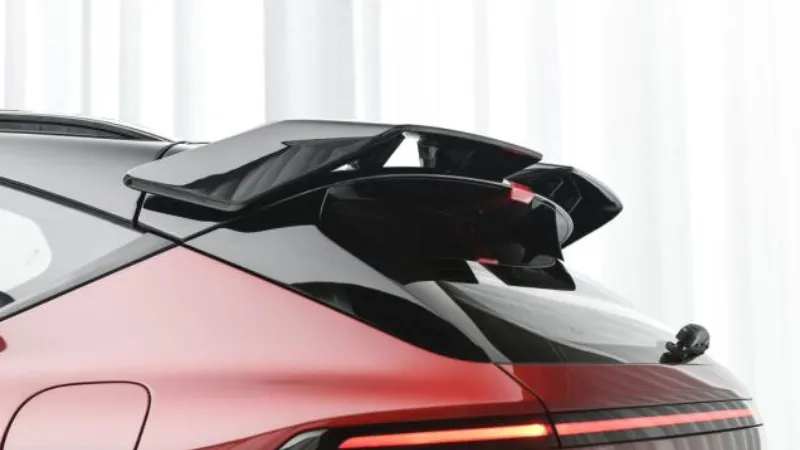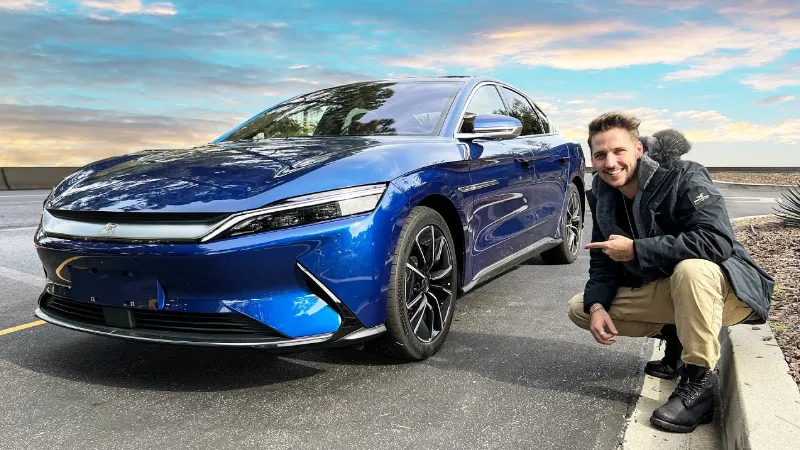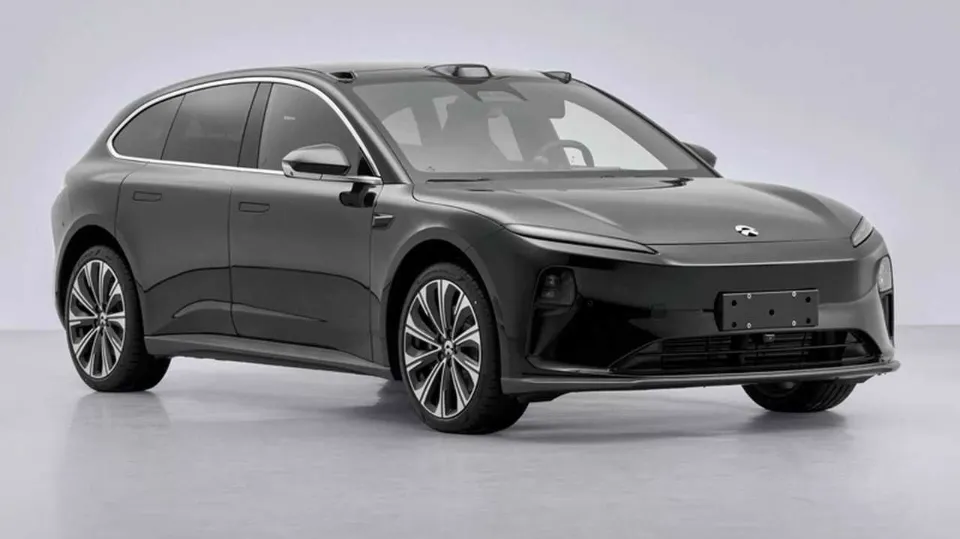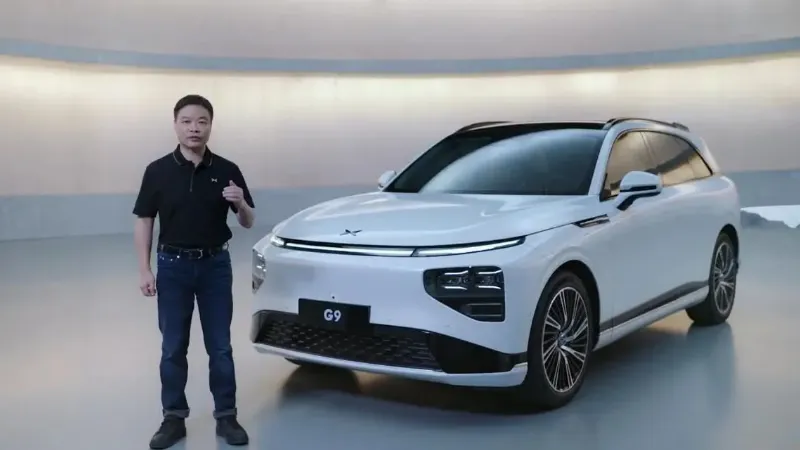- The new Hyundai Kona from 2024 is bigger and more opulent than its predecessor.
- Its spectacular “seamless horizon” front light bar will be standard.
- The United States will get both gasoline and electric vehicle versions. by the end of the year.
According to the company’s vice president of design Sangyup Lee, owners of the previous generation Hyundai Kona only had two serious complaints. That was a lack of space in the subcompact SUV’s rear seats and also its limited cargo volume. You won’t be surprised to learn that both of these topics have been covered in the new version.
Instead of a radical change, this is a gradual evolution of a proven formula. The wheelbase of the new 2024 Kona has been extended by 2.4 inches, and it is up to 6.9 inches longer than the previous model. Inside it features a new design of slimmed-down front seats which are claimed to offer both the same level of comfort and support as the old car but, being 30 percent slimmer, also improve rear legroom. Having sat in an early model of the 2024 car, we can attest that the back seat feels significantly more spacious. According to Hyundai, with the back seats in place, the trunk’s volume increased from 13 to 17 cubic feet.
Intergalactic New Face
The most obvious design difference for the new generation is the arrival of a single full-width light bar at the front of the car—Hyundai calls this the “seamless horizon”—and a similar red taillight graphic at the rear. The most intricate component of the car, according to Sangyup Lee, is this new addition. It certainly gives the front a very futuristic look, one we feel we’ve seen on a character in at least one Star Wars movie. The actual headlights are two much smaller units mounted on either side of the bumper, much lower down.
As before, Kona models will be available in both gas and electric versions. There will be a hybrid in other parts of the world as well, but the United States won’t get it, according to our sources. The Kona Electric’s body color body cladding will be the most noticeable visual difference between it and the regular combustion version. Gas cars have gray body cladding. That rule isn’t rigidly enforced, though, as the top-of-the-line N Line, which is a trim level rather than a scintillating performance derivative, will also receive body-color protection, a cute (but slightly absurd) two-piece rear spoiler, and a larger opening in its front bumper.
Nicer Interior
Also noticeably improved over the previous vehicle is the interior design. The new Kona has two 12.3-inch display screens, one in front of the driver for instrumentation and the other for infotainment. Despite that, Hyundai hasn’t followed the herd into digital-only control architecture, with the Kona keeping both a row of function shortcut buttons and physical climate controls below these. According to what we’ve been told, none of the company’s upcoming models will ditch traditional buttons, which is a good thing in our book. The Kona Electric also has a flat cabin floor, whereas the combustion versions still have a narrow tunnel.
The U.S. specifications yet, but anticipate lots of optional equipment in the pricier versions. The front power seats in the European-spec cars we saw also had heating and ventilation, along with a 360-degree camera system. Hyundai also plans to enable it to be locked and unlocked through the NFC Near Field Communication feature on smartphones and smart watches. All versions will support over-the-air software updates. The new Kona comes in a variety of configurations, all of which feature a small gearshift selector on the side of the steering column, as well as steering wheel paddles for combustion-engine versions and different levels of gear selection and regeneration for the EV.
Compared to its gasoline sisters, Hyundai was more excited to talk about the new Kona Electric. This is due to the combustion versions sharing a lot of characteristics with the outgoing model, with the option of a base 2.0-liter engine or a more potent turbocharged 1.6-liter above this. The car will still be available with front-drive and all-wheel drive, but the precise performance numbers won’t be known until just before the official unveiling at the New York auto show in April.
Details on the Kona EV
However, we do have more data for the Kona Electric. Hyundai intends to sell the EV in two different versions in some markets, but we should only anticipate the more powerful version arriving in the United States. with its 65.4-kWh battery pack and a single front motor that produces 214 horsepower.
The EPA rating for the current car, which has a slightly smaller battery and is rated at 258 miles on the test, is closer to 260 miles than the WLTP range of more than 305 miles that Hyundai is aiming for in Europe. Although it won’t be able to recharge as quickly as the Ioniq 5’s ultra-fast 800-volt architecture, Hyundai claims that it will be possible to go from 10 percent to 80 percent charge in 41 minutes at the highest rate with the Electric’s front-facing charging port. This translates to a typical rate of about 75 kW from a DC charger, which is about half what the Ioniq 5 or Kia EV6 can do. The Kona Electric will also support “vehicle-to-load” charging, basically allowing it to serve as a giant power pack.
While there are no immediate plans to directly replace the Kona N, Hyundai admits that it may produce a more powerful EV version with all-wheel drive from a second motor at the rear. The company’s engineers admit that this car would seem ideally suited to carry N branding. I hope that happens because the idea of a 430-hp Kona is intriguing.
In America, the brand-new Kona will debut. in the third quarter of the year, with pricing details to follow.
Source: www.caranddriver.com





